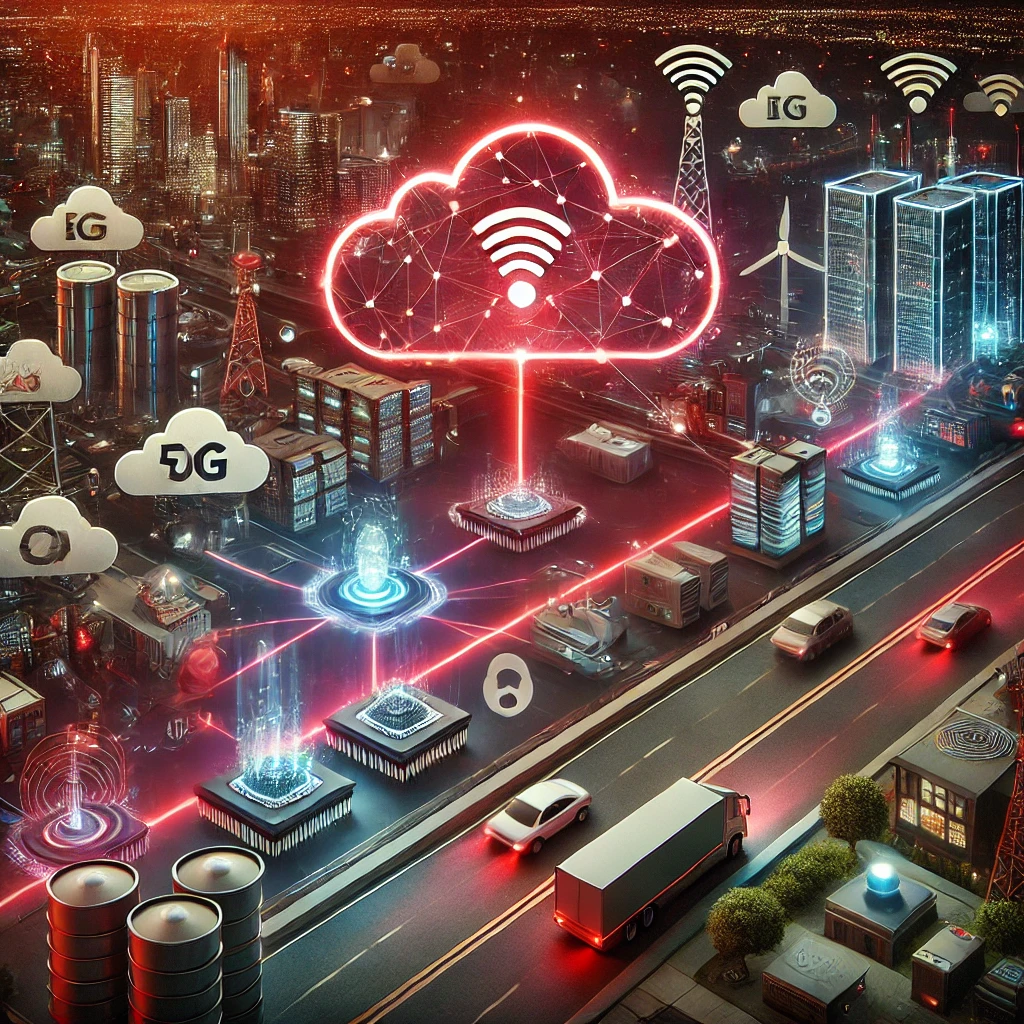Introduction
In today’s fast-paced digital world, businesses and industries demand faster data processing, lower latency, and enhanced security. This has led to the rapid adoption of Edge Computing, a game-changing innovation that brings data processing closer to the source, reducing reliance on centralized cloud systems. As industries evolve, Edge Computing is unlocking new possibilities in AI, IoT, 5G, and real-time applications.
What is Edge Computing?
Edge Computing is a decentralized computing model that processes data at or near the source of data generation instead of sending it to centralized cloud servers. This approach reduces latency, increases speed, and enhances security.
- Traditional Cloud Computing – Data is sent to remote cloud servers for processing, leading to higher latency.
- Edge Computing – Data is processed on local devices (IoT sensors, mobile devices, or edge servers), enabling real-time decision-making.
Why is Edge Computing a Game-Changer?
- Ultra-Fast Processing: Reduces latency by processing data locally.
- Improved Security: Minimizes cyber risks by keeping sensitive data closer to the source.
- 5G & IoT Acceleration: Works seamlessly with 5G networks to support real-time applications.
- Enhanced AI Capabilities: Enables faster AI-powered analytics and automation.
- Cost Efficiency: Reduces cloud storage costs by processing data at the edge.
How Edge Computing is Transforming Industries
Autonomous Vehicles & Smart Transportation
- Self-driving cars use edge computing to process data in real time, ensuring safety and efficiency.
- Traffic management systems analyze live road conditions and adjust signals dynamically.
Healthcare & Telemedicine
- Wearable health devices process patient data instantly, enabling real-time health monitoring.
- Hospitals use edge AI to assist in diagnostics, robotic surgeries, and emergency response.
Smart Cities & IoT Ecosystems
- Edge-powered IoT sensors optimize energy usage, waste management, and urban planning.
- Surveillance systems analyze video footage locally for faster threat detection.
Gaming & Entertainment
- Cloud gaming platforms use edge computing to reduce lag and improve user experiences.
- AR & VR applications process data instantly for seamless interactions.
Industrial Automation & Manufacturing
- Smart factories use edge AI for predictive maintenance and process automation.
- Real-time quality checks improve production efficiency and reduce downtime.
The Future of Edge Computing
With advancements in AI, 5G, and IoT, Edge Computing will become a key pillar in digital transformation. Businesses that embrace edge technology will gain a competitive advantage by delivering faster, smarter, and more efficient solutions.
Conclusion
Edge Computing is reshaping industries, enabling real-time decision-making, improving security, and driving innovation. As businesses move towards decentralized computing models, Edge Computing will be the foundation of a faster, smarter, and more connected future.
Follow Aviera Labs for more tech insights: Facebook
Explore innovative solutions: AvieraLabs.com
#EdgeComputing #IoT #5G #TechInnovation #CloudComputing #AI #DigitalTransformation #SmartCities #AvieraLabs
